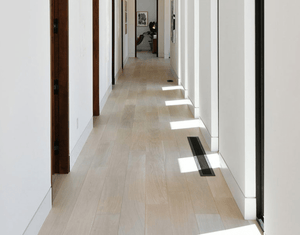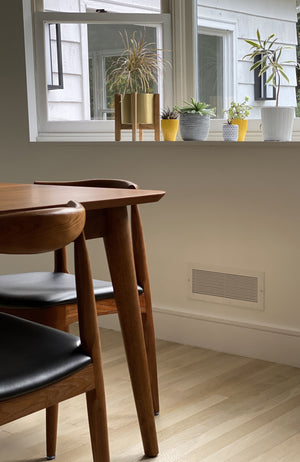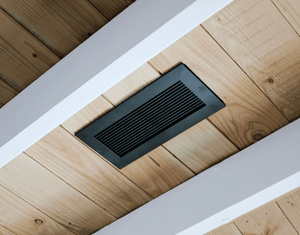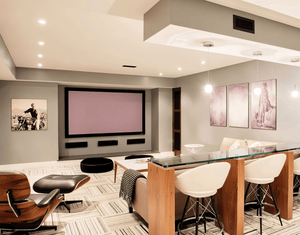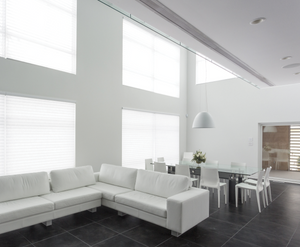Mounting Applications for Vent Covers
You can use kul grilles vent covers for walls, ceilings, or floor applications. In warmer climates where cooling is required for most of the year, vent covers for ceilings are the preferred option. This is because cool air tends to rise and fall, meaning that by having vent covers for ceilings, the cool air can flow throughout the entire living space rather than collecting on the floor.
Vent Covers for Wall & Ceiling
There are several important factors to consider when installing air vent covers for walls as well as vent covers for ceilings. Our vent covers should be securely mounted to the wall or ceiling for safety reasons to prevent them from falling or becoming loose over time.
To achieve this, mounting holes are required in the frame of the vent cover. The number and placement of these holes will vary depending on the size of the cover and are determined by a team of engineers.
In addition to having the appropriate number of mounting holes, vent covers for walls and ceilings should have a clean and minimalist appearance. To achieve this, the mounting holes are countersunk into the frame of the cover. This creates a sleek, modern look that blends into the surrounding wall or ceiling.
Countersunk holes also help ensure that the wall vent cover sits flush against the surface, giving it a much more professional appearance.
To further enhance the clean appearance of vent covers for walls and vent covers for ceilings, we provide color-matched screws with each order. This ensures that the screws used to mount the cover are not as noticeable and will detract less from the room's overall look. The same is true for vent covers for ceilings—color-coordinated screws give the grille a neat and polished look.
When it comes to larger vent covers for ceilings and walls, these covers should be mounted into a ceiling joist by a professional contractor to ensure they are properly secured and meet all safety expectations. After all, it's not just about looks: safety comes first. A contractor can install your ceiling vent cover correctly so that you're sure that it won't come loose and cause any harm.
Different sizes of vent covers for walls and ceilings also require different numbers of mounting holes to ensure they are properly secured into the structure. Engineers have used calculations to determine the number of screws required and their placement to ensure the vent cover can be properly and safely installed.
Check out our grille visualizer tool to see your vent cover for ceilings, walls and the mounting hole placement.

